Paris, as one of the most visited cities in the world, is a unique meeting point of history, art, culture, and romance. Known as the “City of Lights,” Paris attracts millions of tourists every year with both its historical structures and modern lifestyle. The city offers visitors an unforgettable travel experience with its magnificent monuments, famous museums, art galleries, elegant avenues, and unique architecture. With its symbols rising along the banks of the Seine River, Paris holds a different story in every corner.
The city stands out not only with its tourist attractions but also with its cultural events, cafés, shopping opportunities, and gastronomy. In Paris, where you can find the finest examples of world cuisine, you can discover a wide range of flavors from elegant restaurants to traditional French bistros. In this city that lives both day and night, you can either set out to explore historical landmarks or join a romantic boat tour on the Seine River. The magical atmosphere of Paris makes it a unique destination for travelers of all ages and tastes.
1. Eiffel Tower (Tour Eiffel)
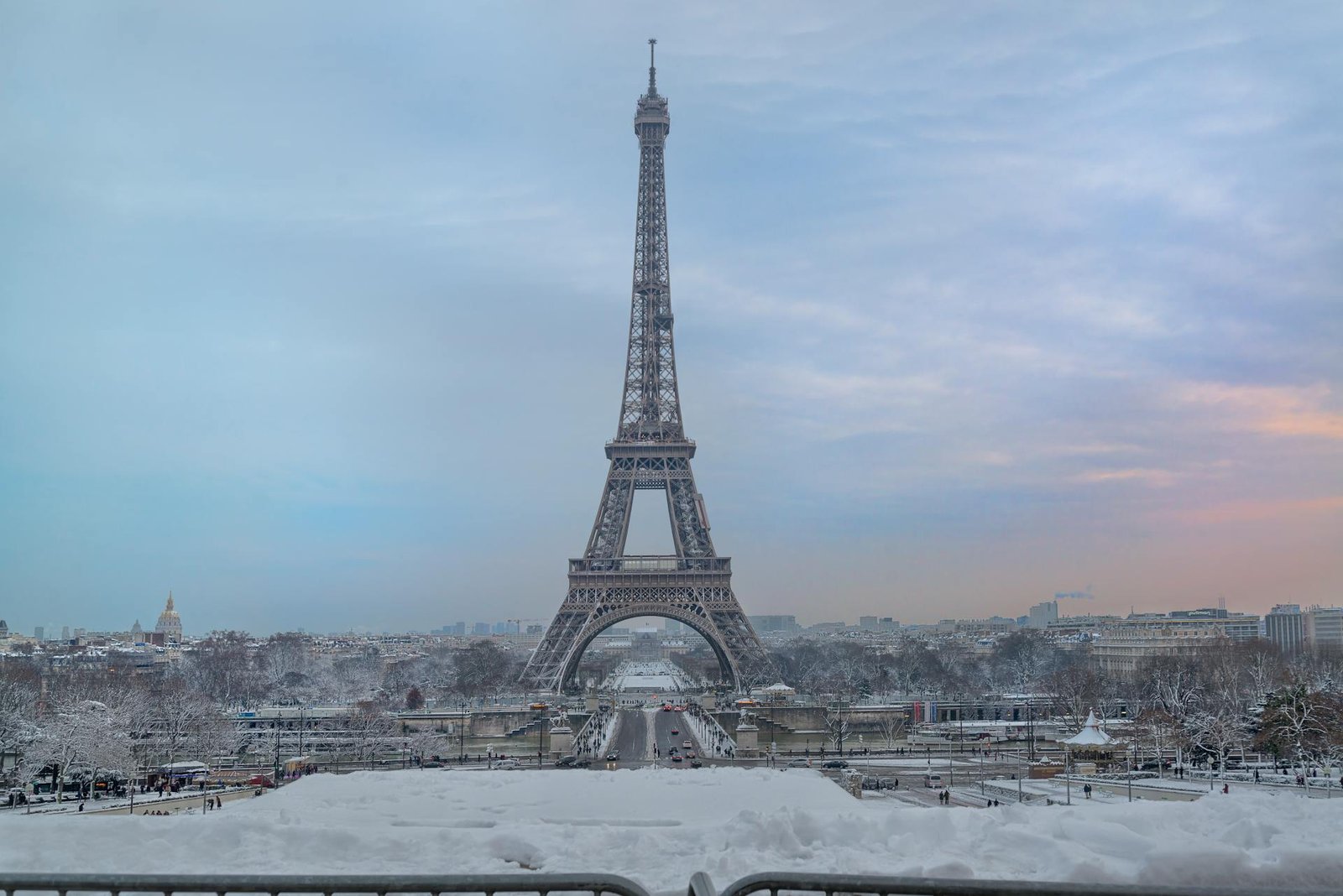
The Eiffel Tower is the most famous symbol of Paris and one of the most recognized structures in the world. Built by Gustave Eiffel for the Paris World’s Fair in 1889, the tower was originally designed as a temporary structure but eventually became an indispensable symbol of the city. With its height of 324 meters, the tower can be seen from many points in Paris, adding grandeur to the city’s silhouette during the day and offering a fascinating view with its illumination at night. Visited by millions of tourists every year, the Eiffel Tower is one of the first stops for those who want to explore Paris.
The tower has three main observation platforms, and from these platforms it is possible to watch the panoramic view of Paris. Especially from the top floor, the city view reveals all the beauties of Paris, from the Seine River to Montmartre Hill. Visitors can not only enjoy the view here but also dine in the restaurants located in the tower or attend special events. As the symbol of Paris, the capital of romance, the Eiffel Tower leaves an unforgettable mark in the memory of every visitor with both its historical value and aesthetic appeal.
2. Louvre Museum (Musée du Louvre)
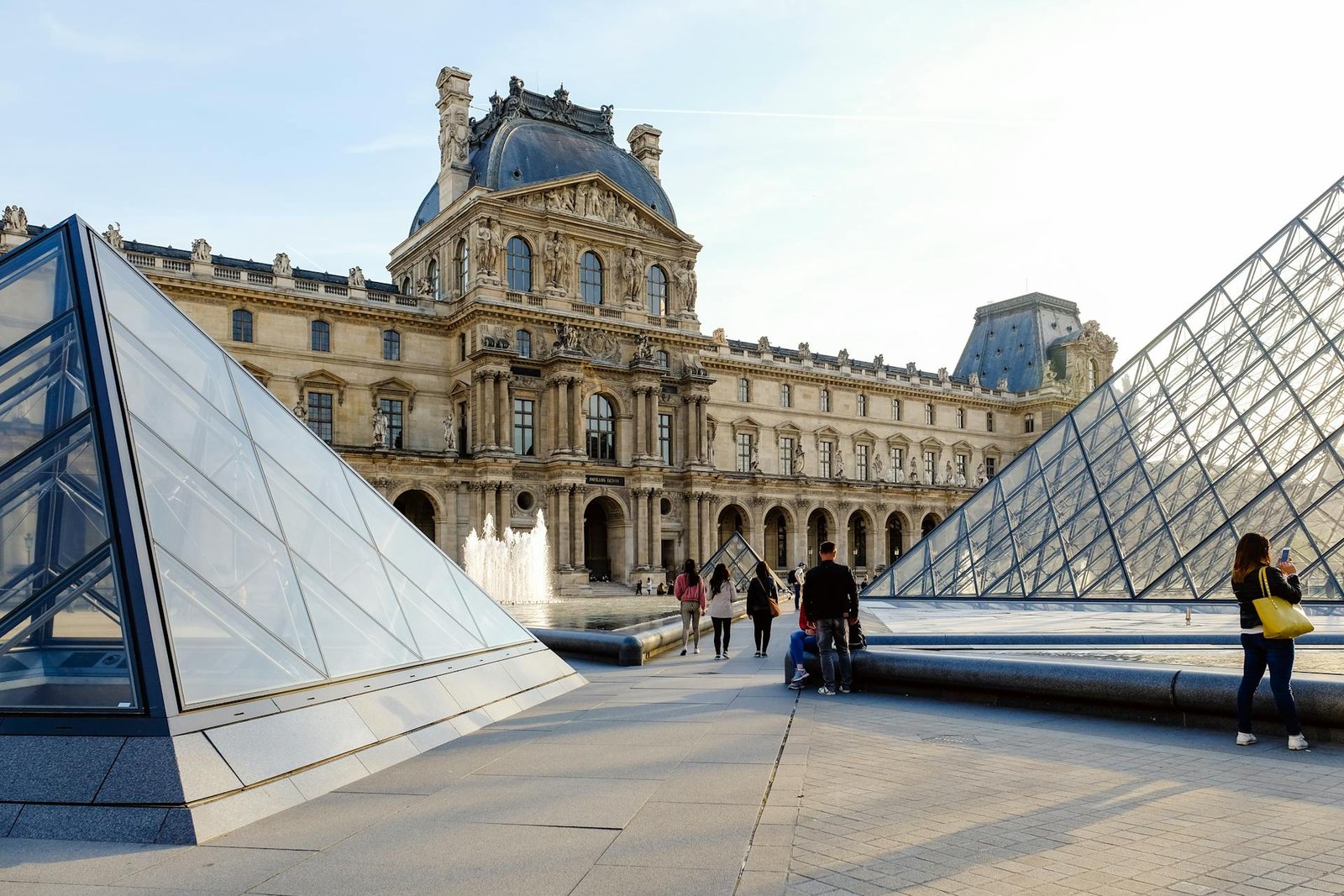
The Louvre Museum, located in the heart of Paris, is one of the largest and most visited art museums in the world. Originally built in the 12th century as a medieval fortress, the structure was later used as a royal palace and transformed into a museum in the 18th century. Today, hosting more than 35,000 works, the Louvre is truly a treasure for visitors interested in art and history. The museum’s glass pyramid has become one of the symbols of Paris, serving as an iconic entrance point where modern architecture meets the city’s historical fabric.
The museum stands out with works from different periods and cultures. It offers a vast collection ranging from Ancient Egypt to Greek and Roman civilizations, from Islamic art to Renaissance masterpieces. Among the world-famous paintings, Leonardo da Vinci’s Mona Lisa and Eugène Delacroix’s Liberty Leading the People are among the most admired. In addition, historical artifacts such as the Venus de Milo statue and the Code of Hammurabi also stand out in the Louvre’s rich collection. As a meeting point of art and history, the Louvre Museum is one of the most important stops on a Paris trip.
3. Notre-Dame Cathedral
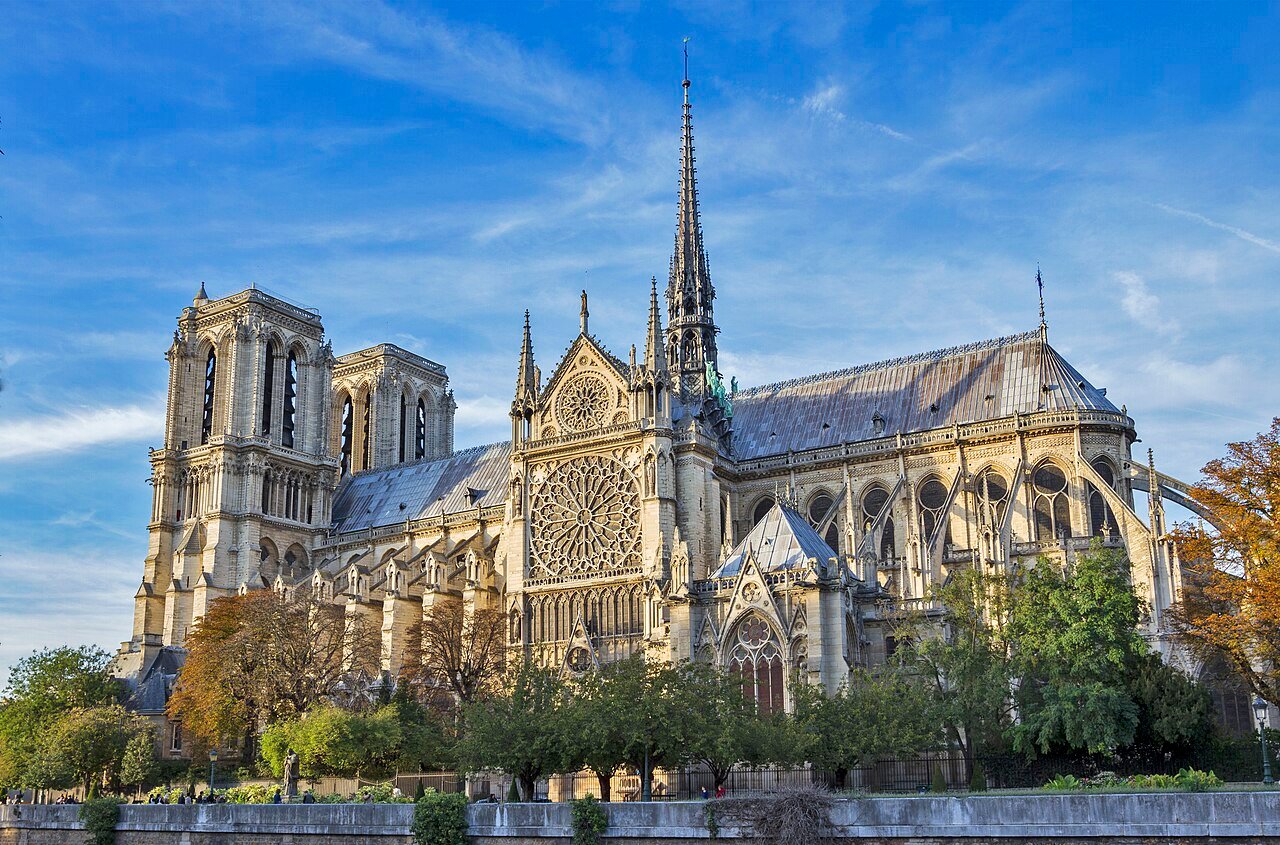
Notre-Dame Cathedral is one of the most important religious buildings in Paris and one of the most magnificent examples of Gothic architecture in the world. Construction began in 1163, and the cathedral was completed in about 200 years, reaching its present glory in the 14th century. Located on the Île de la Cité island on the Seine River, the structure, with its soaring towers, rose windows, and detailed stone carvings, is one of the most visited historical landmarks of Paris. Victor Hugo’s famous work The Hunchback of Notre-Dame further increased the cathedral’s fame and contributed to the meeting of literature and architecture.
The cathedral holds great importance both religiously and culturally. For centuries, it hosted coronation ceremonies, royal weddings, and significant religious rituals. Inside, the stained glass windows captivate visitors with their magnificent designs depicting religious scenes. Although the cathedral was severely damaged in the great fire of 2019, restoration works are progressing rapidly. Today, Notre-Dame continues to be a focal point for millions of tourists as a structure symbolizing both the past and the rebirth of Paris.
4. Sacré-Cœur Basilica (Montmartre)

The Sacré-Cœur Basilica is located on Montmartre Hill, one of the highest points in Paris, and is one of the most impressive religious buildings in the city. Construction began in 1875 and was completed in 1914, and the basilica stands out with its Roman-Byzantine style architecture. Built from white travertine stone, its magnificent dome can be seen from many parts of Paris. Thanks to both its religious significance and its location offering panoramic views of the city, the Sacré-Cœur Basilica has become one of the symbolic landmarks of Paris.
The interior of the basilica is as impressive as its exterior architecture. The massive depiction of Christ decorated with golden mosaics and its vast dome are among the details that visitors admire. The streets and squares of Montmartre Hill, filled with artists, turn the surroundings of the basilica into a cultural attraction. Visitors can sit on the basilica’s steps to watch the city view while experiencing both the artistic and spiritual atmosphere of Paris at the same time. With its architecture and location, Sacré-Cœur is among the must-see places for those exploring the city.
5. Champs-Élysées Avenue and Arc de Triomphe

The Champs-Élysées Avenue is the most famous and prestigious boulevard in Paris. This 1.9-kilometer-long avenue is one of the liveliest spots in the city with its luxury stores, elegant cafés, theaters, and cinemas. Always vibrant at any time of day, the Champs-Élysées is a favorite destination for both tourists and Parisians, especially for shopping and cultural activities. Hosting major events such as the Bastille Day parade on July 14 and New Year’s Eve celebrations every year, the avenue lies at the heart of Paris’s social and cultural life.
At the western end of the avenue stands the Arc de Triomphe, another iconic landmark of Paris. Construction of the monument began in 1806 to honor the victories of Napoleon Bonaparte and was completed in 1836. This magnificent structure, 50 meters high, is decorated with reliefs symbolizing France’s military history. Visitors who climb to the top of the monument can enjoy the unique view of the Champs-Élysées Avenue and the famous Charles de Gaulle Square, where twelve boulevards converge. With its historical significance and aesthetic appearance, the Arc de Triomphe is one of the most visited landmarks in Paris.
6. Seine River Cruise
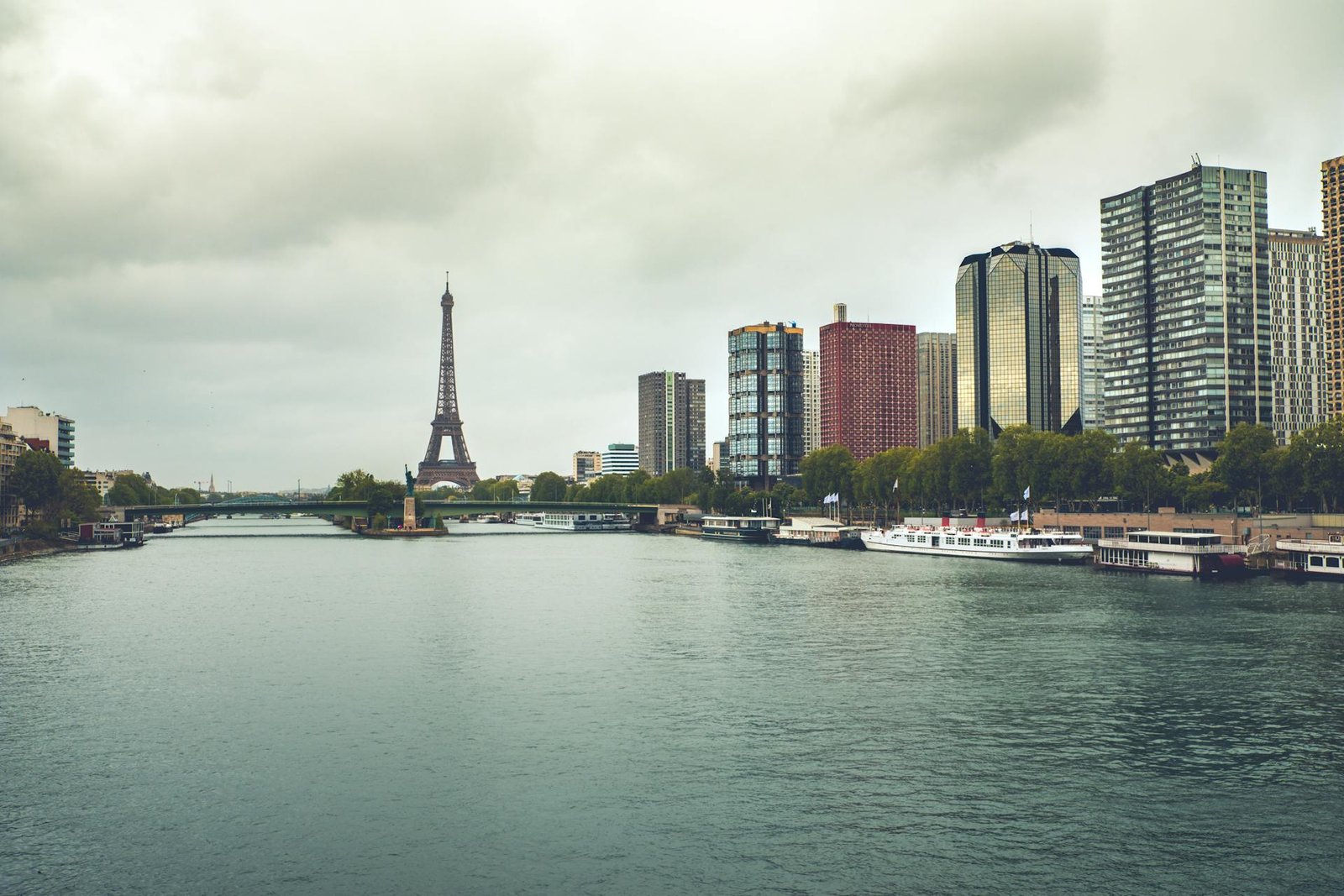
The Seine River Cruise is one of the most romantic and enjoyable ways to explore Paris. Boat tours along the Seine River, which runs through the heart of the city, allow visitors to see Paris’s iconic landmarks from a different perspective. Many famous structures such as the Eiffel Tower, the Louvre Museum, Notre-Dame Cathedral, and the Orsay Museum are revealed along this route stretching by the river. Tours taken at sunset or under the night illuminations truly reflect Paris’s title as the “City of Lights.”
The boat tours are organized both as short trips and as longer cruises with meals. Dinner cruises, in particular, offer a unique experience for those who want to enjoy the view of Paris in a romantic atmosphere. In addition, walking along the riverbanks is as popular as the tours themselves, since the banks of the Seine, listed as a UNESCO World Heritage site, best reflect the city’s historical and cultural richness. The Seine River Cruise is an unforgettable activity that adds a different perspective to a trip to Paris.
7. Orsay Museum (Musée d’Orsay)

The Orsay Museum is one of the most prestigious art museums in Paris and stands out for its focus on 19th-century art. Located in a former train station building constructed in 1900, the museum opened its doors to visitors in 1986. With its impressive Beaux-Arts style architecture and vast art collection, it is one of the city’s cultural treasures. The museum offers visitors a unique atmosphere, transformed from a train station into a temple of art.
In the museum’s collection, Impressionist and Post-Impressionist works stand out. Masterpieces by famous artists such as Claude Monet, Pierre-Auguste Renoir, Edgar Degas, Vincent van Gogh, and Paul Cézanne are exhibited here. In addition, sculptures, photographs, and decorative art pieces also hold an important place in the collection. Located on the banks of the Seine River, the Orsay Museum is one of the indispensable stops in Paris for those who want to explore one of the brightest periods of art.
8. Palace of Versailles (Palais de Versailles)
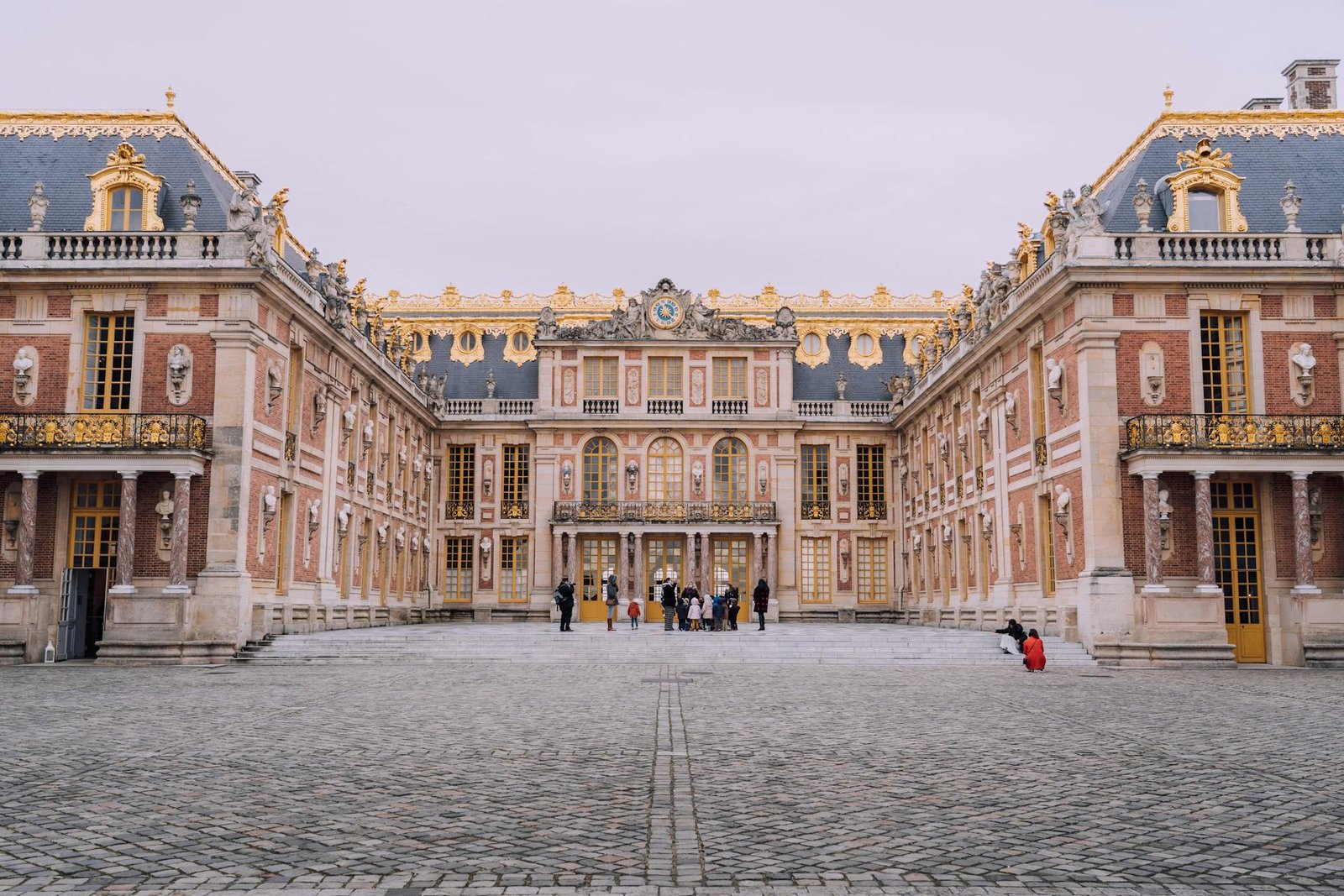
The Palace of Versailles, located about 20 kilometers outside of Paris, is one of the most important structures reflecting the grandeur of the French monarchy. Built in the 17th century by Louis XIV, the palace served as the political center of the French Kingdom for many years. With its Baroque architecture, magnificent decorations, and gold-plated details, Versailles is not only a palace but also a symbol of France’s absolute monarchy period. Listed as a UNESCO World Heritage site, the palace attracts millions of visitors every year with its historical and cultural value.
One of the most famous sections of the palace is the magnificent Hall of Mirrors (Galerie des Glaces), adorned with mirrors. In addition, the royal apartments, chapel, and opera house also draw great interest from visitors. Not only the interior of Versailles but also its vast gardens, spanning 800 hectares, are fascinating. Famous for their sculptures, fountains, and geometric layouts, these gardens showcase the splendor of the era and the pinnacle of landscape art. With its historical atmosphere and aesthetic grandeur, the Palace of Versailles is one of the most impressive stops on a trip to Paris.
9. Luxembourg Gardens (Jardin du Luxembourg)
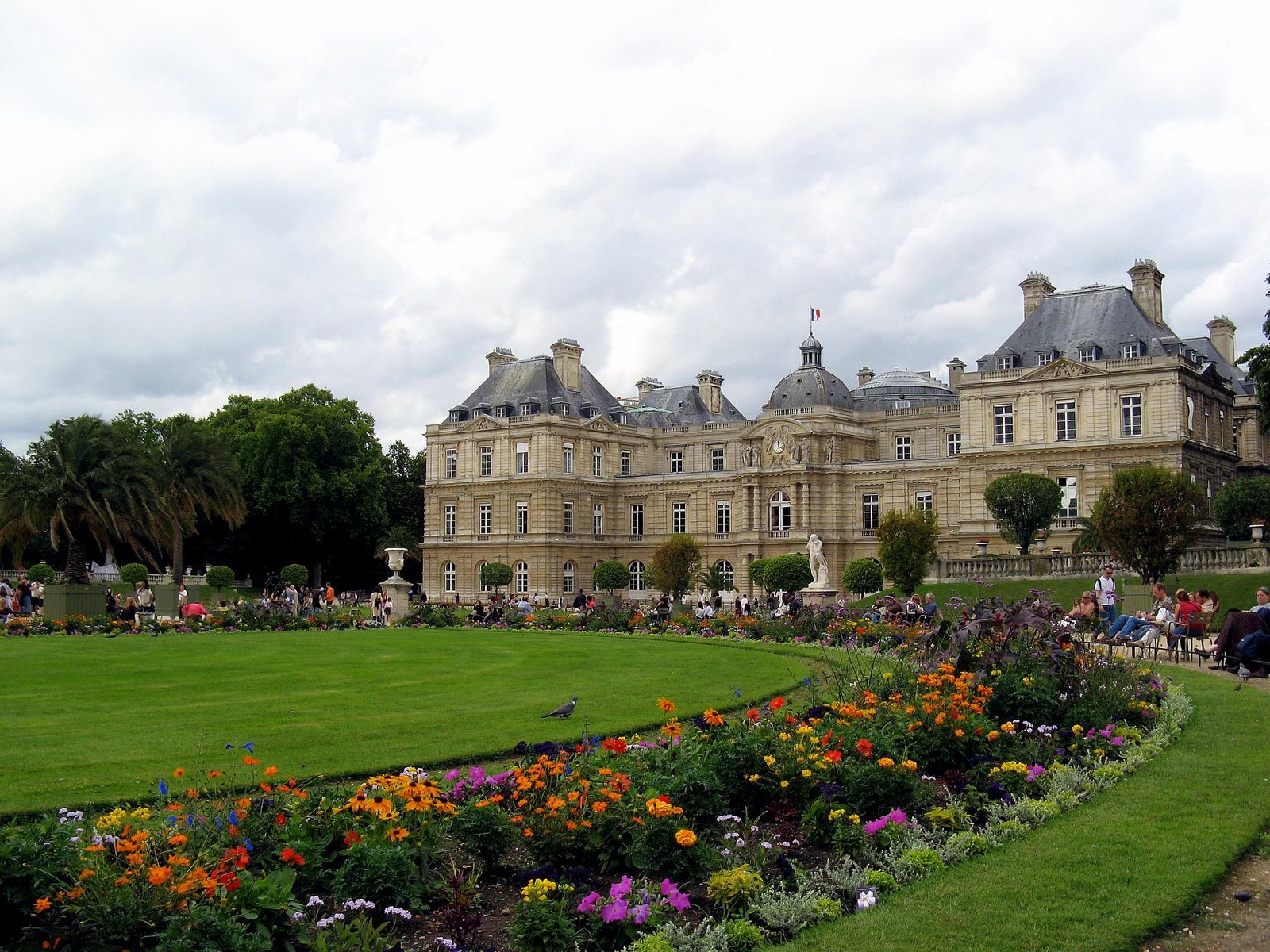
The Luxembourg Gardens are one of the most beautiful and peaceful green spaces in the center of Paris. Built in the 17th century at the request of Queen Marie de’ Medici of France, these gardens are considered one of the most elegant examples of classical French garden design. Spanning an area of 25 hectares, the Luxembourg Gardens are a popular spot for both tourists and Parisians with their statues, fountains, walking paths, and floral arrangements. Especially with the arrival of spring, the gardens, adorned with colorful flowers, are an ideal place for those who want to escape the city’s hustle and bustle and relax.
In the center of the garden, the large pond creates a lively atmosphere as children sail model boats, while the surrounding chairs provide visitors with a pleasant resting area. In addition, the Luxembourg Palace, located within the gardens, today houses the French Senate. With open-air concerts, chess tables, tennis courts, and playgrounds, the gardens appeal to visitors of all ages. The Luxembourg Gardens, with both their historical and natural beauty, stand as one of Paris’s most beloved stops, offering a special atmosphere that reflects the spirit of the city.
10. Disneyland Paris
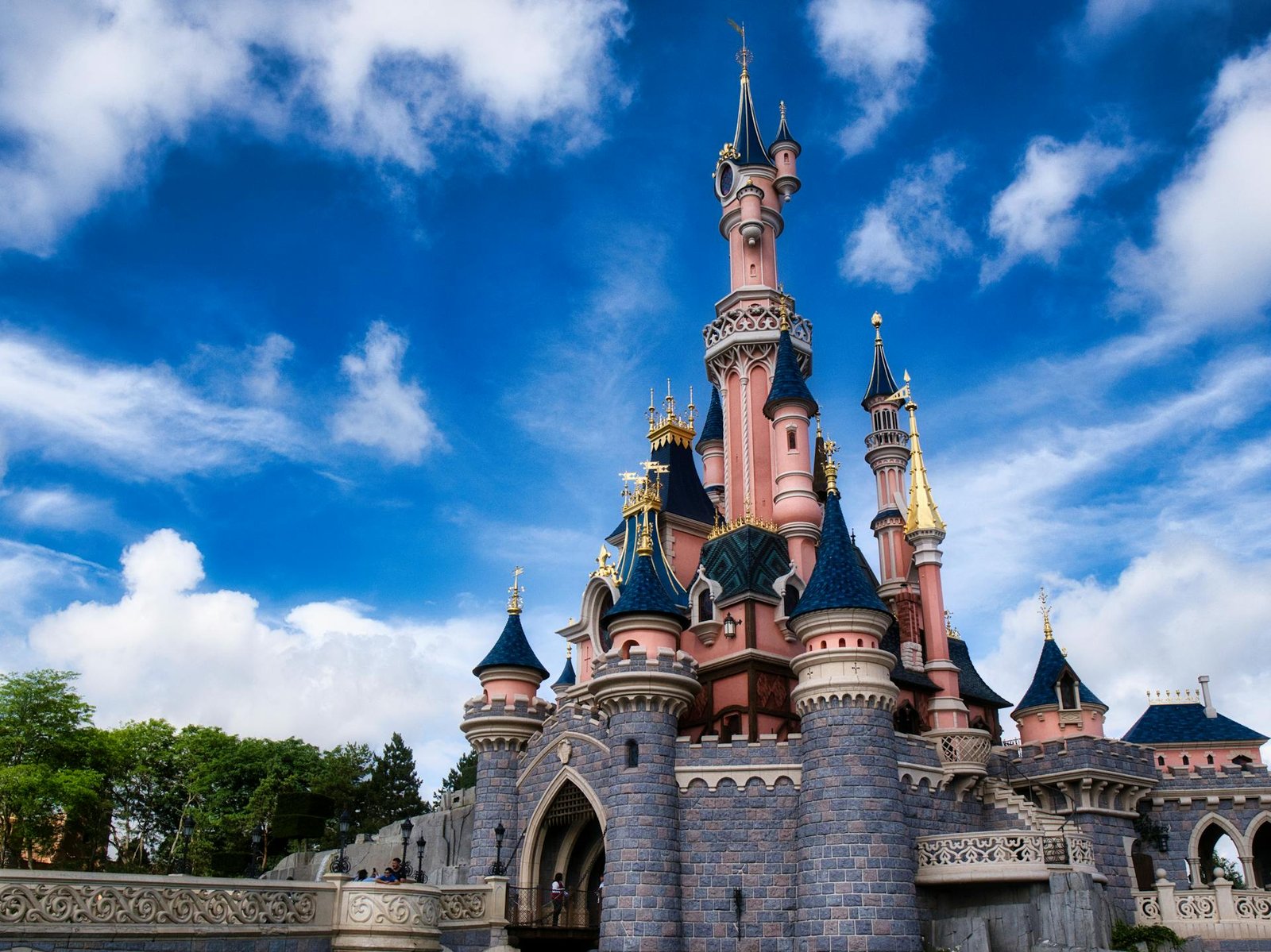
Disneyland Paris, as the most popular theme park in Europe, offers a fairytale experience for both children and adults. Opened in 1992, the park is located about 32 kilometers outside of Paris in the Marne-la-Vallée area. It is adorned with themed areas featuring Walt Disney characters, colorful streets, and enchanting decorations. Parades held throughout the day, stage shows, and evening light and fireworks displays provide visitors with unforgettable moments.
Disneyland Paris consists of two main sections: Disneyland Park and Walt Disney Studios Park. Disneyland Park features iconic attractions such as Sleeping Beauty’s Castle, Pirates of the Caribbean, and Space Mountain, while Walt Disney Studios Park offers the opportunity to explore the behind-the-scenes world of animation and cinema. Supported by shopping stores, restaurants, and hotels, this complex is an ideal destination for anyone who wants to add a fun and magical atmosphere to their trip to Paris.
11. Panthéon
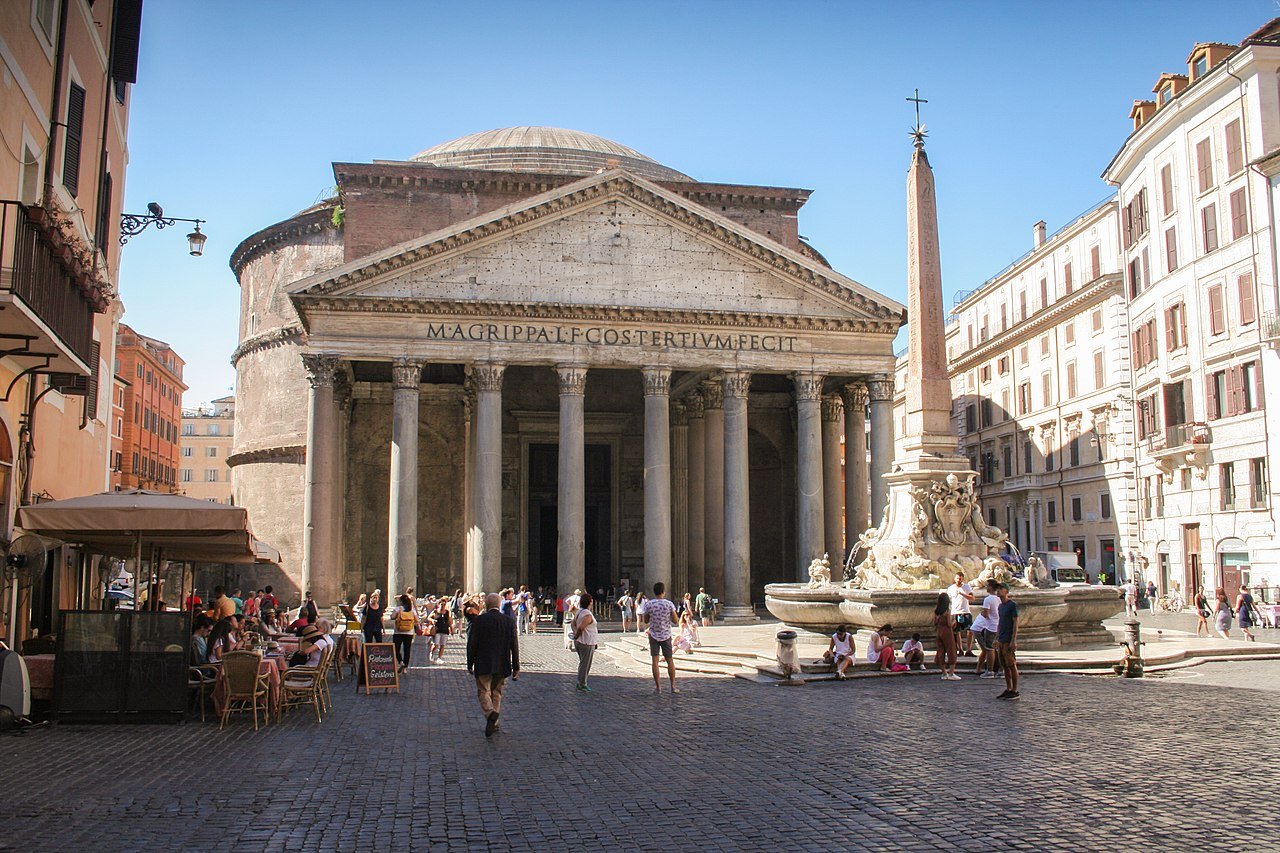
The Panthéon, located in the Latin Quarter of Paris, is one of the city’s most impressive neoclassical structures. Commissioned by King Louis XV in the 18th century as a church dedicated to Saint Genevieve, it lost its religious function during the French Revolution and was transformed into a mausoleum. Inspired by Greco-Roman architecture, the Panthéon stands out in Paris’s skyline with its massive dome and magnificent columns. Its exterior, reminiscent of ancient temples, captivates visitors with its grandeur.
Today, the Panthéon serves as a national monument where many of France’s most important figures are buried. Voltaire, Rousseau, Victor Hugo, Émile Zola, Marie Curie, and Alexandre Dumas are among the many influential personalities laid to rest here. In addition, the Panthéon houses enormous frescoes, mosaics, and the famous Foucault’s Pendulum, which also draws visitors’ interest. Both a historical and cultural symbol, the Panthéon is one of the most special structures reflecting the intellectual spirit of Paris.
12. Sainte-Chapelle
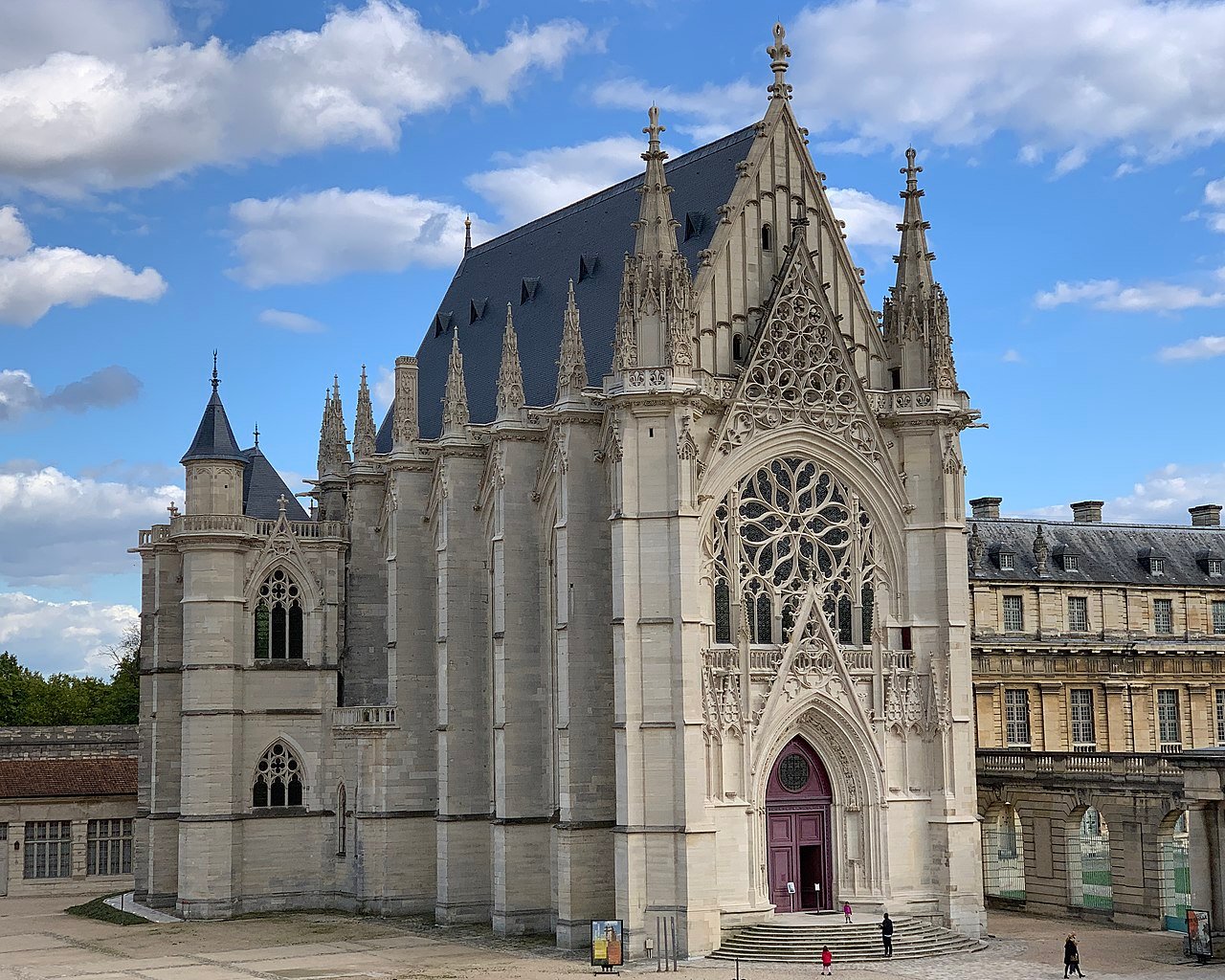
Sainte-Chapelle, located on the Île de la Cité in Paris, very close to Notre-Dame Cathedral, is a fascinating Gothic chapel. It was commissioned in the 13th century by King Louis IX of France to house sacred relics. The chapel, with its slender columns, elegant architecture, and especially its stained glass work, is considered one of the purest examples of Gothic art. Throughout history, Sainte-Chapelle has held great religious and cultural importance, and today it is one of the most visited historical buildings in Paris.
The most striking feature of the chapel is its stained glass windows, which cover almost all of its walls. These enormous windows, reaching up to 15 meters, depict scenes from the Bible and create a dazzling festival of colors when sunlight streams through. Visitors are captivated by the magnificence of these unique stained glass windows and witness the pinnacle of Gothic art. Small but impressive, Sainte-Chapelle is one of the must-see stops on a trip to Paris.
13. Pompidou Center (Centre Pompidou)
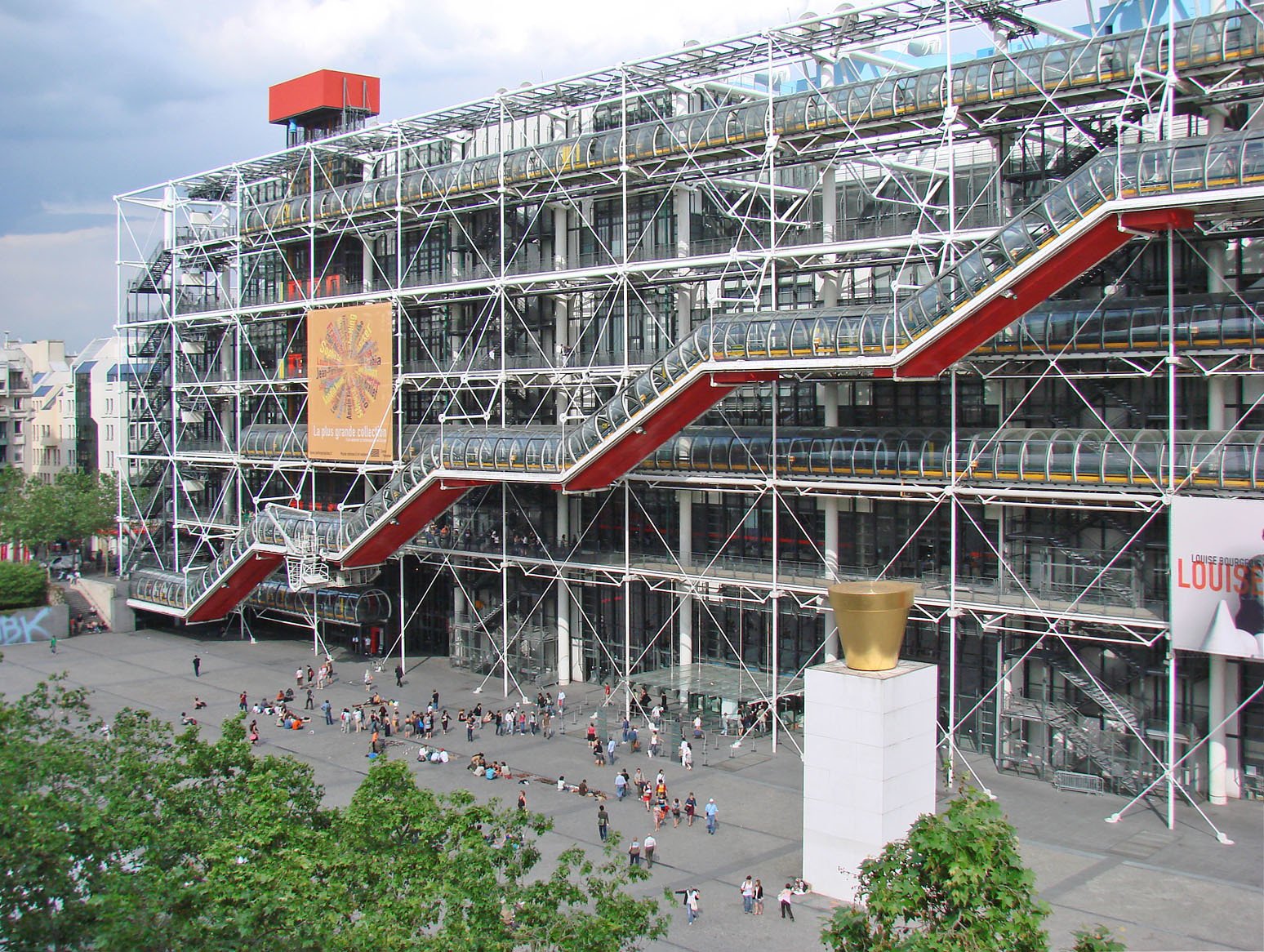
The Pompidou Center is one of the most modern and extraordinary buildings in Paris. Opened in 1977, the center was built in line with the cultural and artistic vision of French President Georges Pompidou of the time. Its most notable architectural feature is that all technical elements (pipes, elevators, staircases) are exposed on the outside. This innovative design distinguishes the building from the classical architectural fabric of Paris, making it a symbol of modern art.
The center houses the Musée National d’Art Moderne, one of the largest modern art museums in Europe. Works by world-renowned artists such as Pablo Picasso, Andy Warhol, Henri Matisse, and Kandinsky are exhibited here. In addition, there is a library, a cinema, performance spaces, and a terrace where visitors can enjoy views of Paris. As a cultural hub where contemporary art thrives, the Pompidou Center is an indispensable stop on a Paris trip for art lovers.
14. Les Invalides and Napoleon’s Tomb

Les Invalides is one of the most magnificent buildings in Paris, built in the 17th century by Louis XIV as a hospital and residence for war veterans. Easily recognizable in the city’s skyline with its golden dome, this complex attracts attention not only with its architectural grandeur but also with its historical significance. Today, Les Invalides serves as a center shedding light on France’s military history with its military museums, church, and monuments. In particular, the Army Museum (Musée de l’Armée) houses a rich collection of weapons and armor spanning from the Middle Ages to the present.
The most visited part of the complex is the grand tomb of Napoleon Bonaparte. Brought back in 1840, his remains are preserved in a massive red marble sarcophagus placed at the very center of the domed church. This monumental tomb reflects Napoleon’s central role in French history and the nation’s respect for him. With both its architecture and historical importance, Les Invalides is one of the must-see places in Paris.
15. Moulin Rouge (Red Mill)
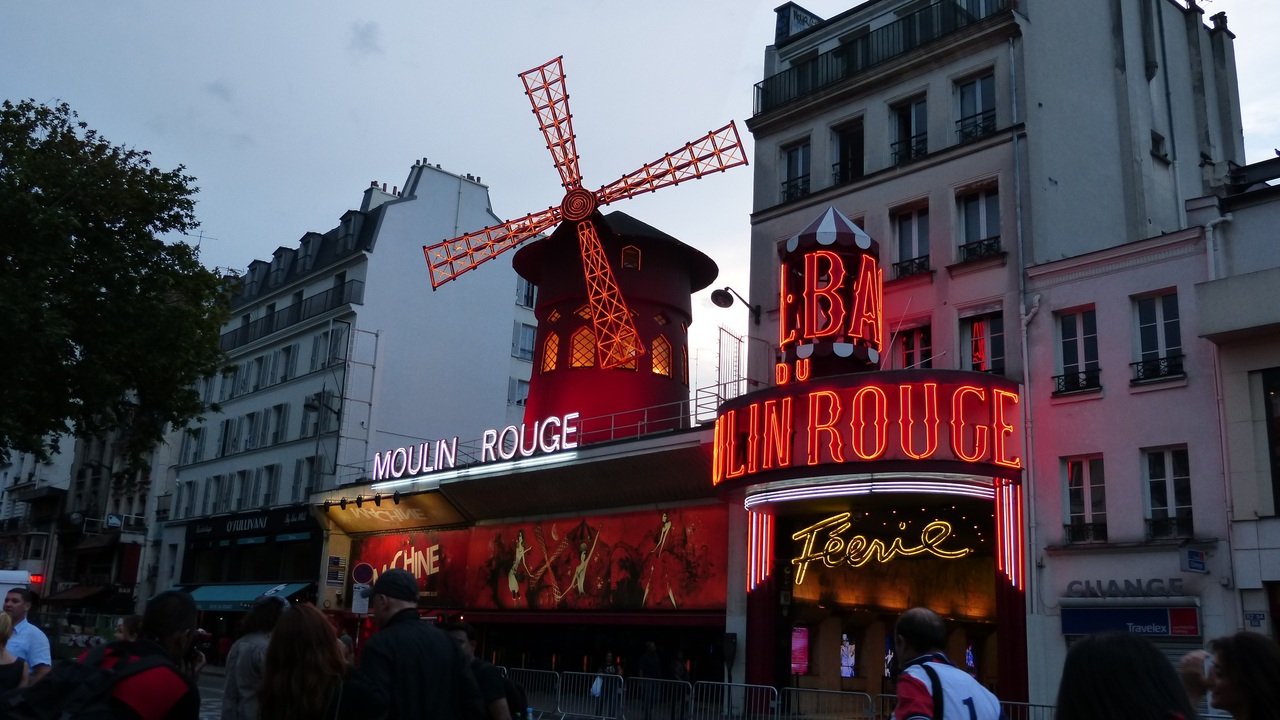
Moulin Rouge, located in the Montmartre district of Paris, is one of the most famous symbols of the city’s entertainment culture. Opened in 1889, this cabaret is recognized for its striking façade in the shape of a red windmill. Since its opening, it has become one of the most prestigious stages in the world of dance, music, and performance. Known as the birthplace of the French cancan dance, Moulin Rouge has long been a gathering spot for artists, writers, and tourists.
Today, Moulin Rouge continues to offer visitors an unforgettable experience with its enchanting stage shows, magnificent costumes, and impressive choreography. Hosting world-renowned dancers, this venue is considered the heart of Paris’s nightlife. With its romantic atmosphere and historical character, Moulin Rouge is not only a place of entertainment but also an important part of Paris’s cultural heritage.
16. Palais Garnier (Paris Opera House)

The Palais Garnier, built in the 19th century, is considered one of the most magnificent buildings in Paris. Commissioned by Napoleon III in 1861 and designed by architect Charles Garnier, the building was completed in 1875. Its grand structure, combining Baroque, Renaissance, and classical architectural elements, dazzles with golden decorations, marble staircases, and crystal chandeliers. As one of the most important centers of Paris’s cultural life, the Palais Garnier also gained fame through Gaston Leroux’s novel The Phantom of the Opera, which inspired a world-famous musical.
The interior is adorned with enchanting details. Its grand auditorium, with a capacity of over 2,000 people, is crowned with Marc Chagall’s colorful ceiling frescoes. Visitors come here not only to watch opera or ballet performances but also to discover the building’s architecture. Today, the Garnier continues to hold an important place in the world of classical music and performing arts in Paris, while also offering art lovers a unique historical and aesthetic experience.
17. Tuileries Garden (Jardin des Tuileries)
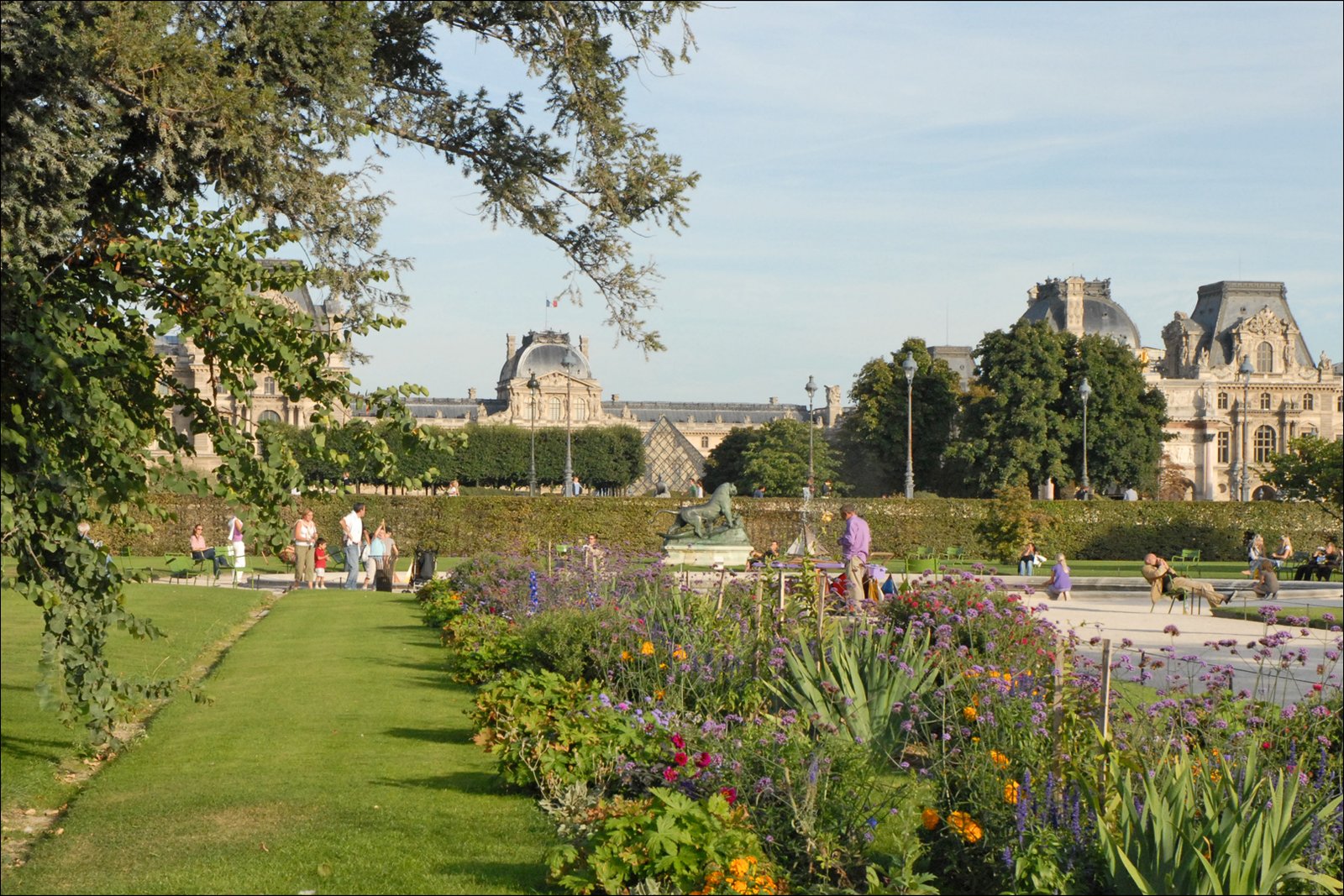
The Tuileries Garden, located in the center of Paris between the Louvre Museum and Place de la Concorde, is one of the city’s oldest and most elegant parks. Commissioned by Queen Catherine de’ Medici in the 16th century, the garden was redesigned in the 17th century by the famous landscape architect André Le Nôtre in the classical French garden style. With its sculptures, orderly walkways, and geometric landscaping, the Tuileries Garden is a popular relaxation spot for both tourists and Parisians.
The garden’s large pools, statues, and colorful flowerbeds offer visitors a visual feast. In addition, with open-air exhibitions, temporary art installations, and cafés, it has become a cultural attraction. Providing an ideal setting for those who want to escape the city’s crowds and enjoy a peaceful break, the Tuileries Garden is one of the most important green spaces reflecting Paris’s history and sense of aesthetics.
18. Place de la Concorde
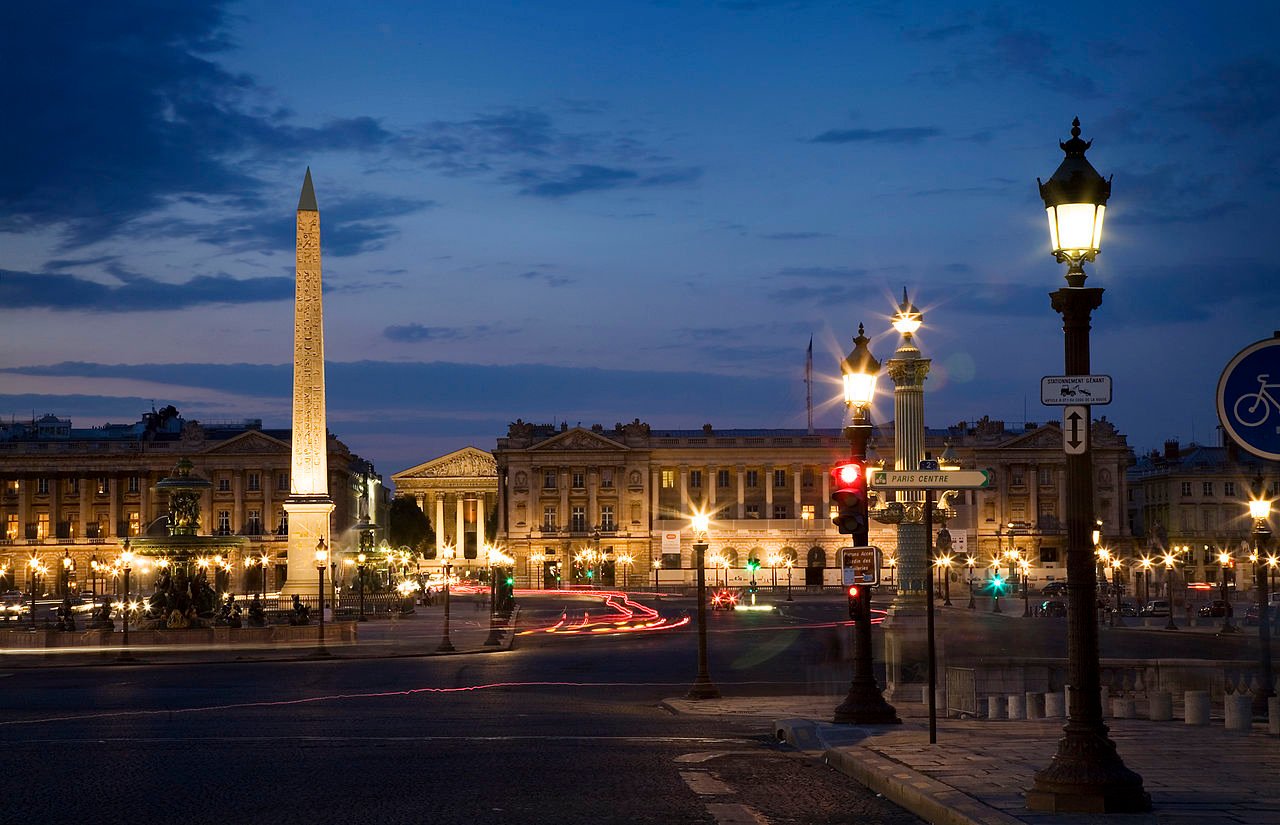
Place de la Concorde is one of the largest and most famous squares in Paris. Built in the 18th century, the square has witnessed many significant events throughout its history. Known as the place where executions by guillotine took place during the French Revolution, Concorde Square eventually became a symbol of national peace and unity. Today, the square stands out with the 3,000-year-old Luxor Obelisk rising at its center, making it one of the most important parts of Paris’s historical fabric.
The square is located at the beginning of the Champs-Élysées Avenue and is an important stop along the famous axis between the Louvre and the Arc de Triomphe. Surrounded by elegant fountains, statues, and buildings with classical architecture, Place de la Concorde is one of the most dazzling spots in Paris. Today, the square serves as both a meeting point and a photo spot for tourists and Parisians, standing out as a unique place that reflects the cultural and historical identity of the city.
19. Montparnasse Tower (Tour Montparnasse)
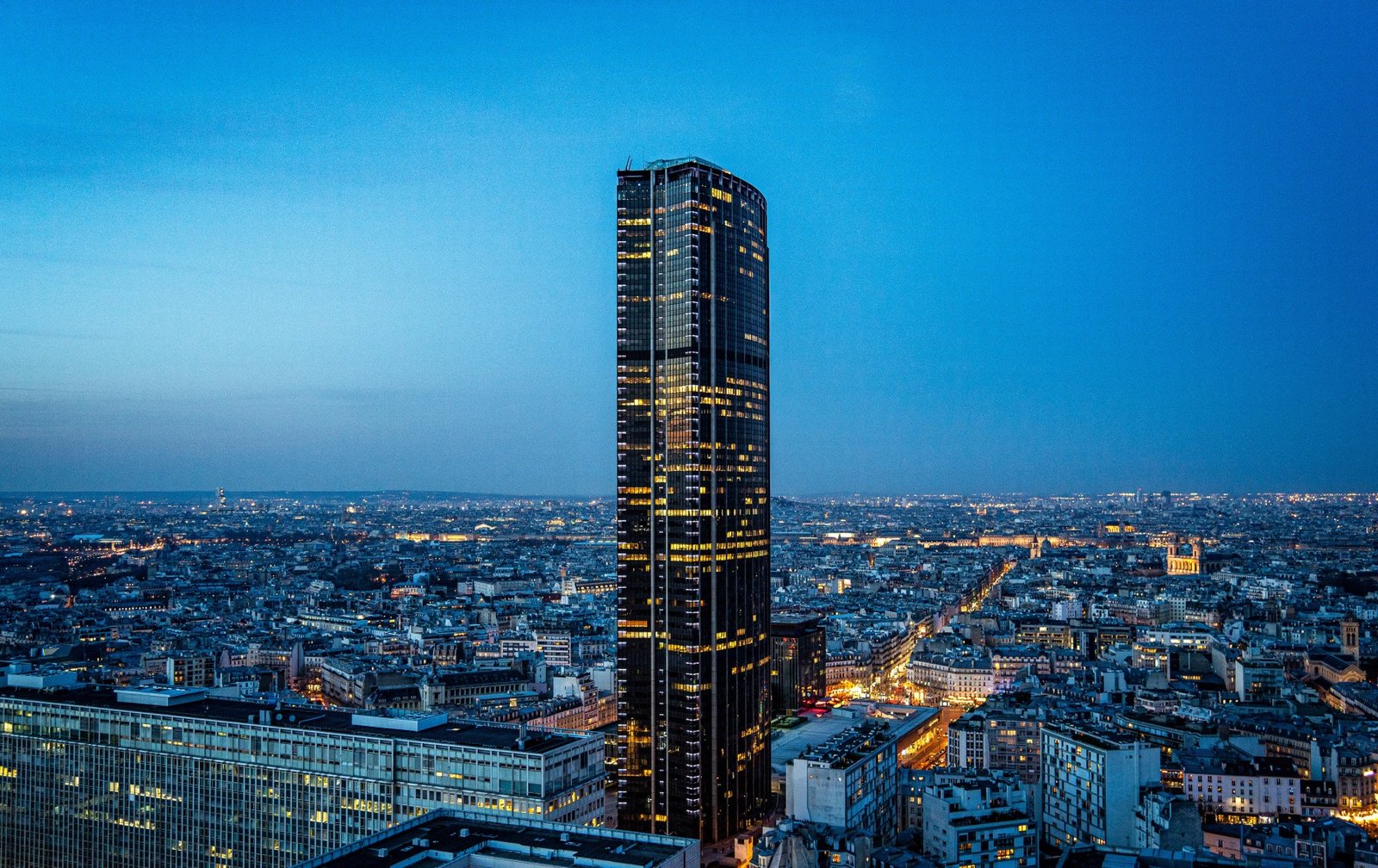
The Montparnasse Tower, as the tallest skyscraper in Paris, represents the modern face of the city. Completed in 1973, this 210-meter-high structure has a look quite different from Paris’s classical architectural fabric. Although it caused much controversy during its construction, it eventually became one of the city’s important landmarks. The tower is especially notable for its panoramic view; from here, visitors can see all the beauties of Paris, particularly the Eiffel Tower, from a bird’s-eye perspective.
The enclosed observation deck on the 56th floor and the open terrace on the 59th floor are among the best viewing points in Paris. It is an ideal place to watch the city’s enchanting appearance at sunset or under night illuminations. The tower also houses restaurants, cafés, and office spaces. The Montparnasse Tower, creating a modern contrast to the city’s historical and artistic landmarks, is an intriguing stop for visitors who want to discover a different side of Paris.
20. Latin Quarter (Quartier Latin)
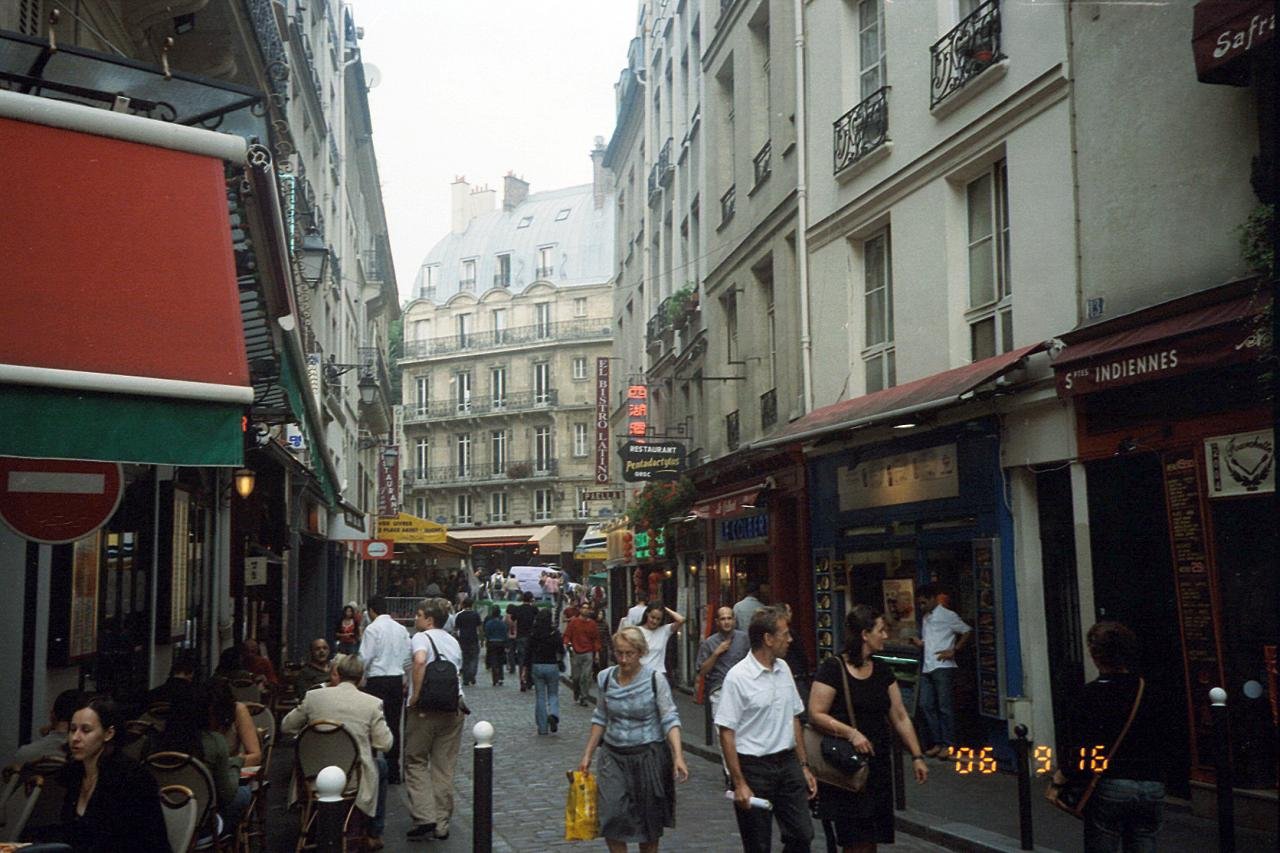
The Latin Quarter is one of the most vibrant and historic districts of Paris. It takes its name from the Latin language, which was widely used here in the Middle Ages, and for centuries it has been a center for students, scholars, and artists. Home to the Sorbonne University, this area stands out with its academic atmosphere and intellectual heritage. With its narrow streets, historic buildings, and cultural richness, the Latin Quarter is one of the neighborhoods that best reflects the spirit of Paris.
Today, the Latin Quarter offers a bohemian atmosphere with its cafés, bookstores, cinemas, and theaters. Visitors can stroll accompanied by the melodies of street musicians, sit in traditional French bistros, and spend pleasant time along the banks of the Seine River. Important landmarks such as the Panthéon, the Cluny Museum, and the Luxembourg Gardens are also located in this area. With its history intertwined with modern life, the Latin Quarter is one of the most special stops in Paris for both cultural discovery and an enjoyable stroll.
